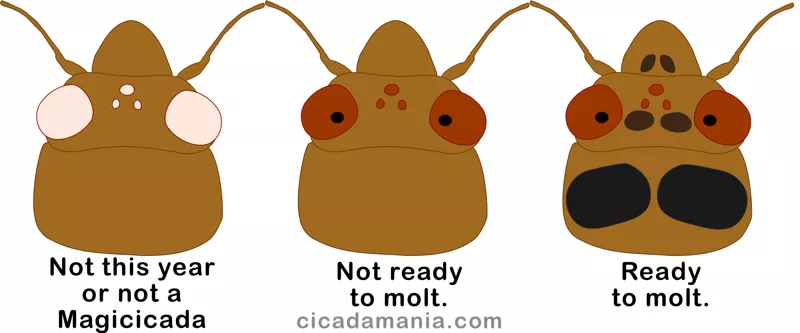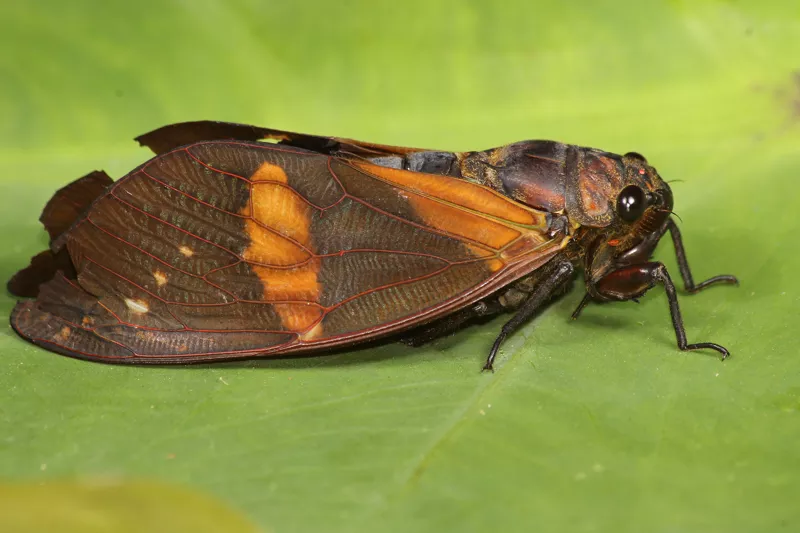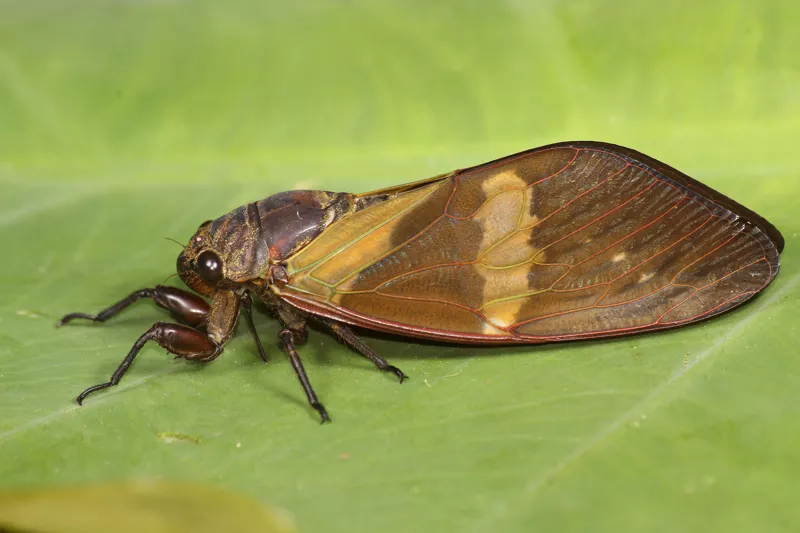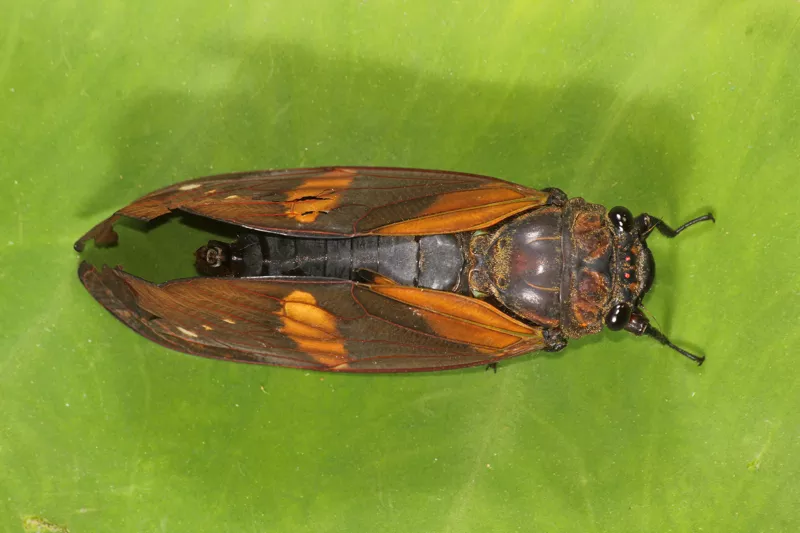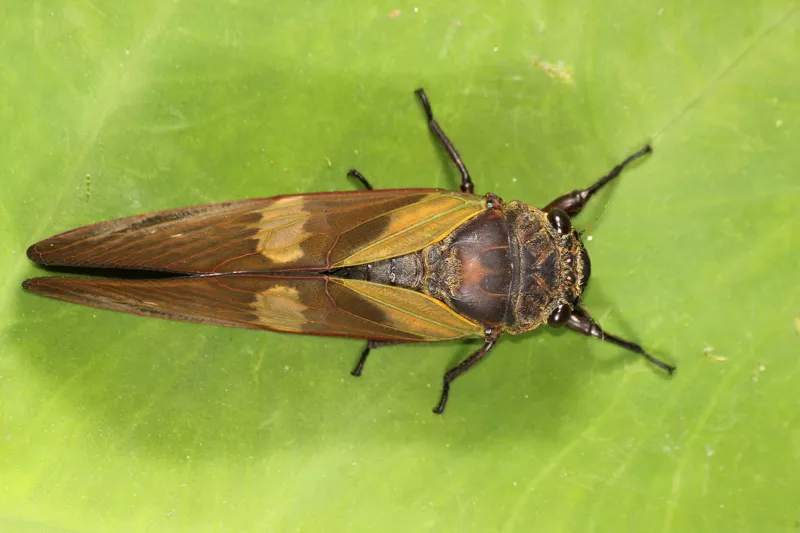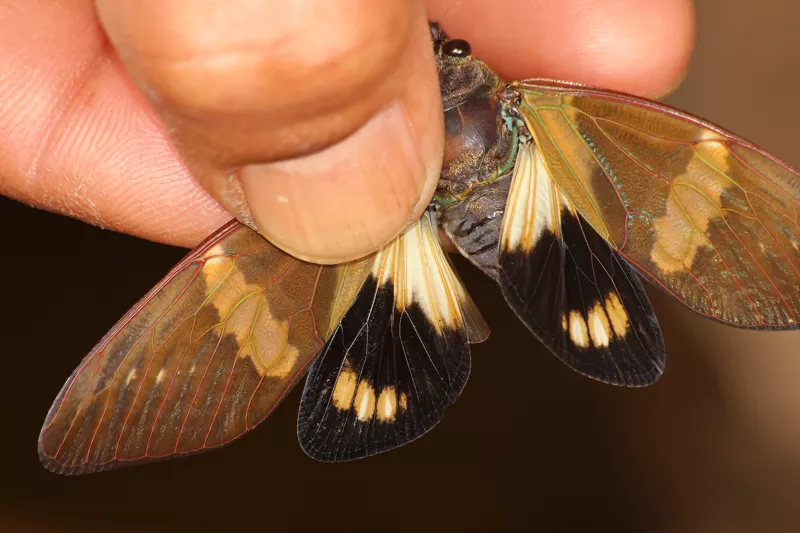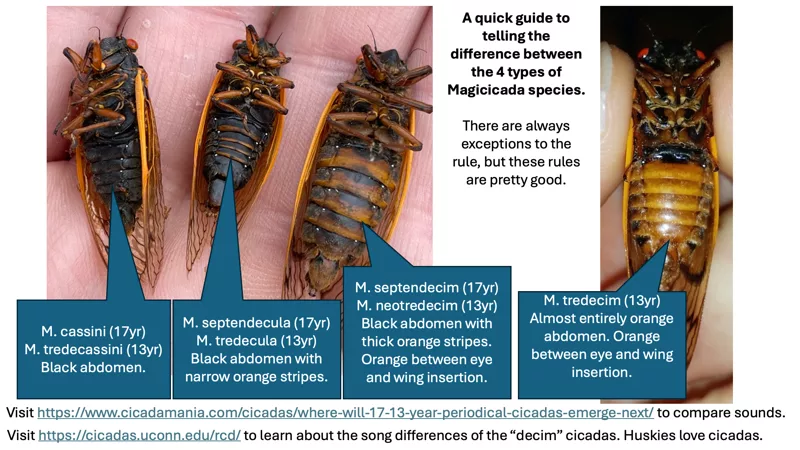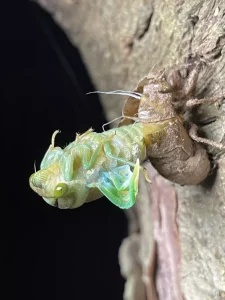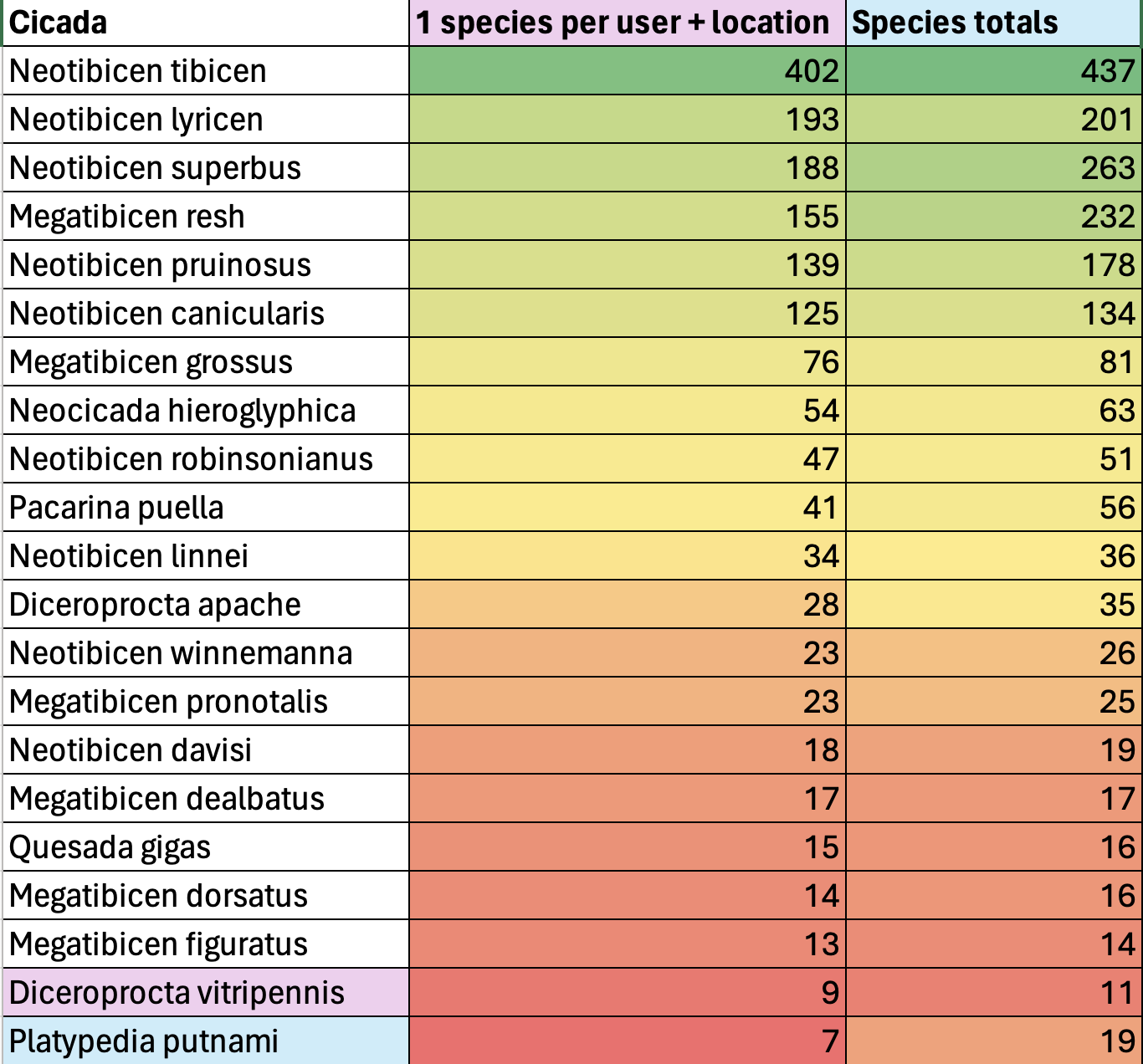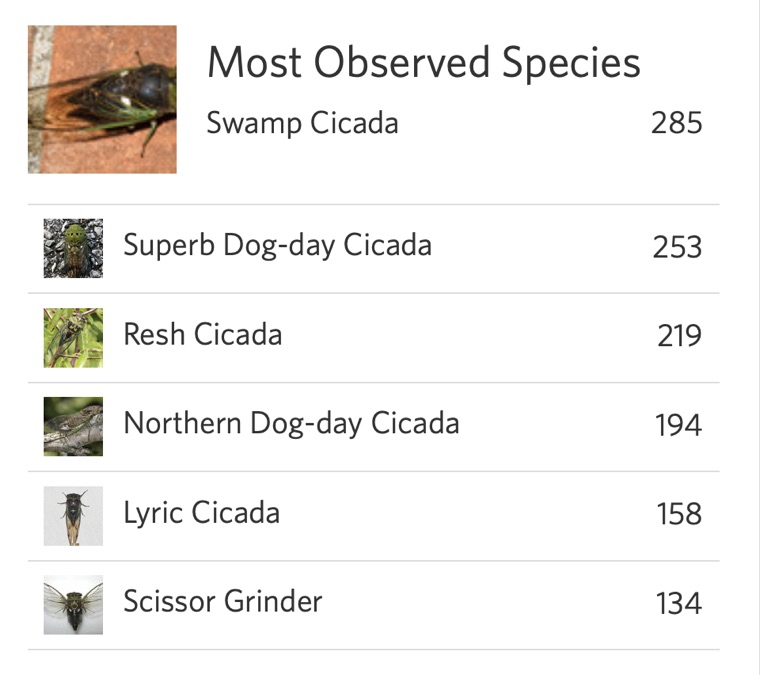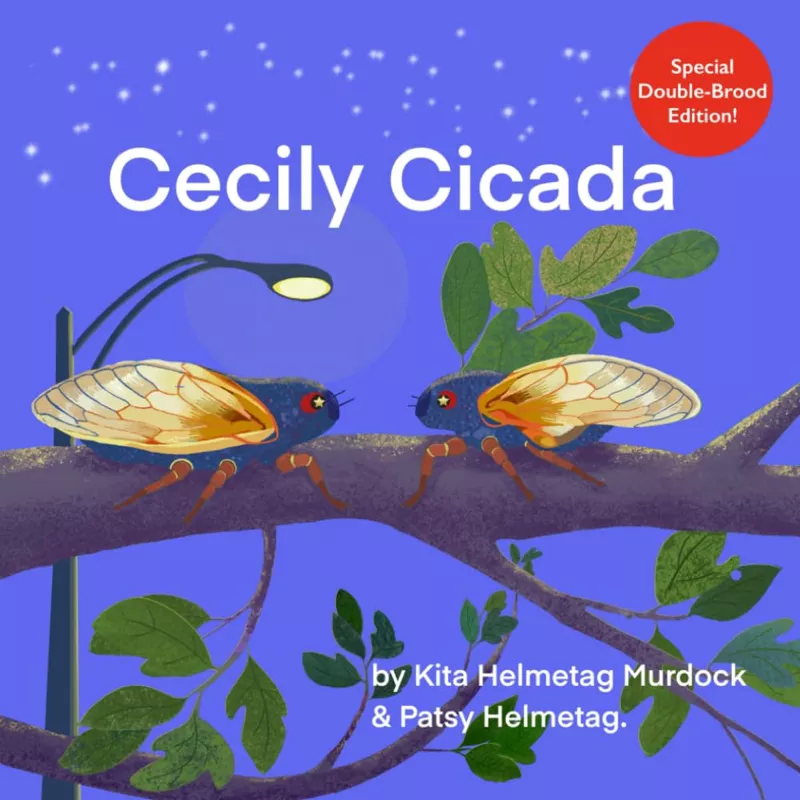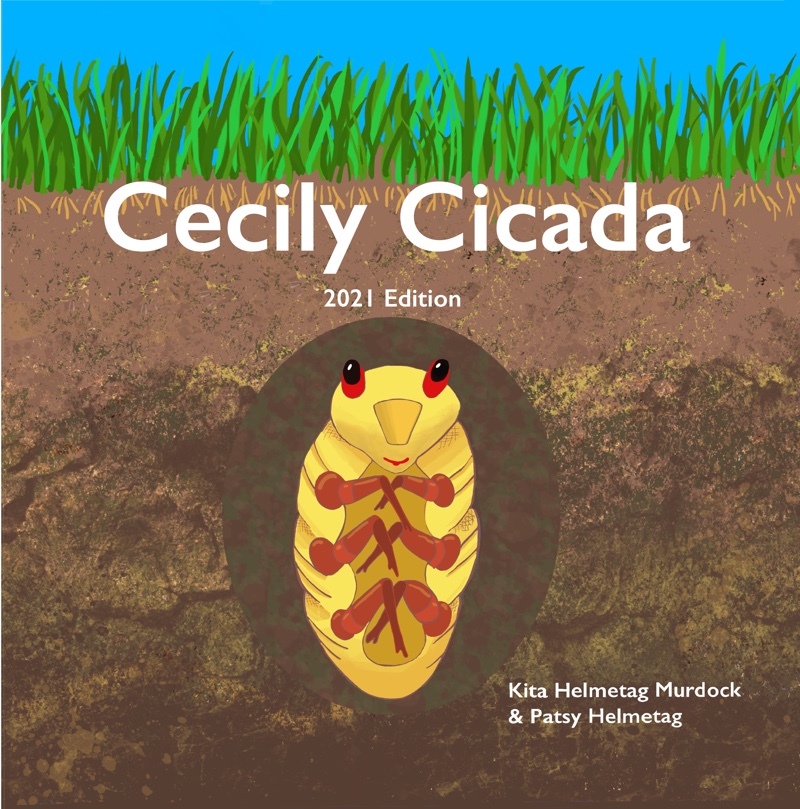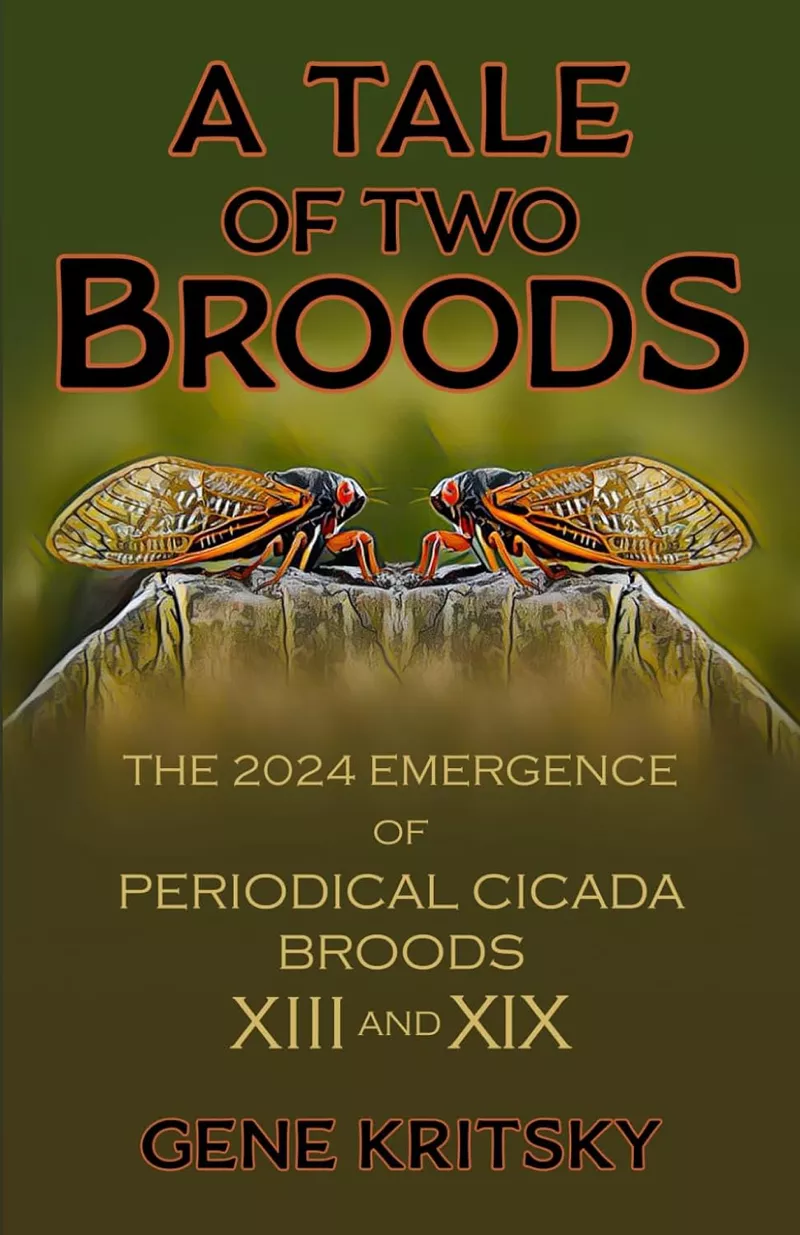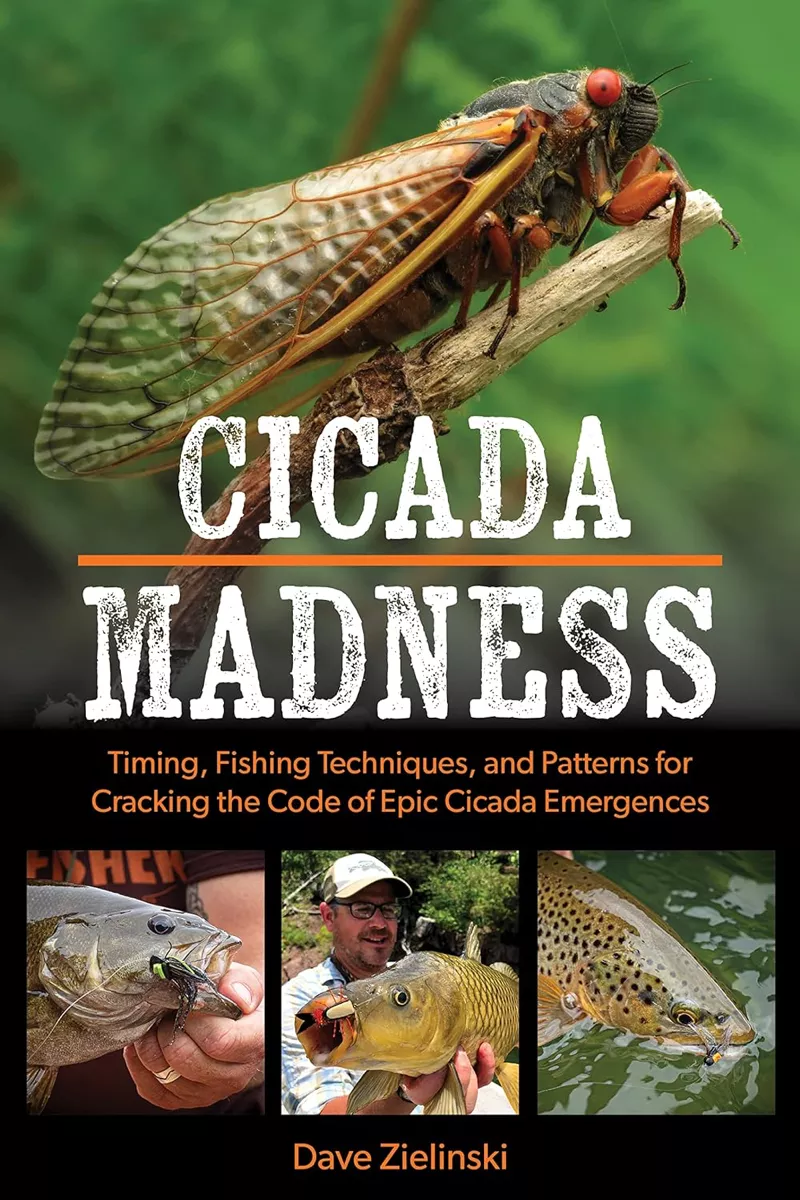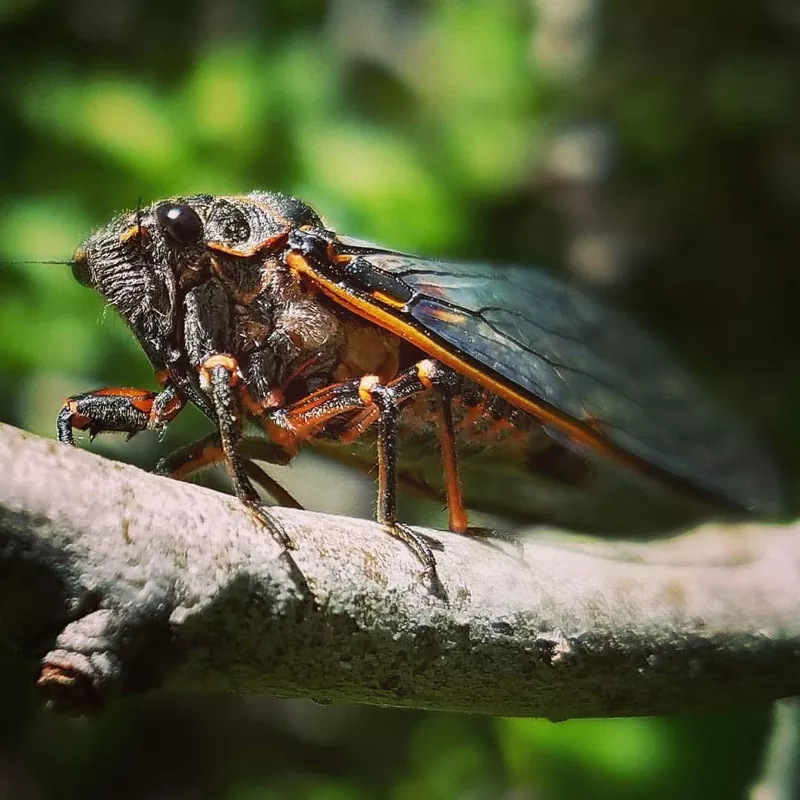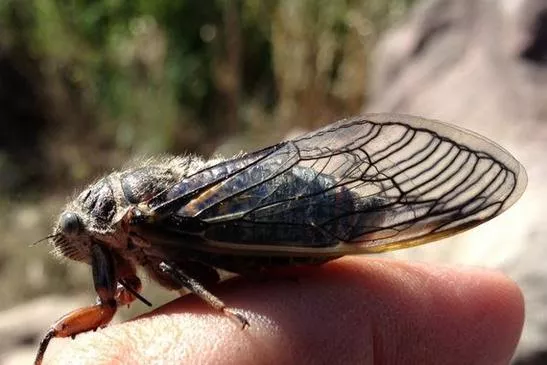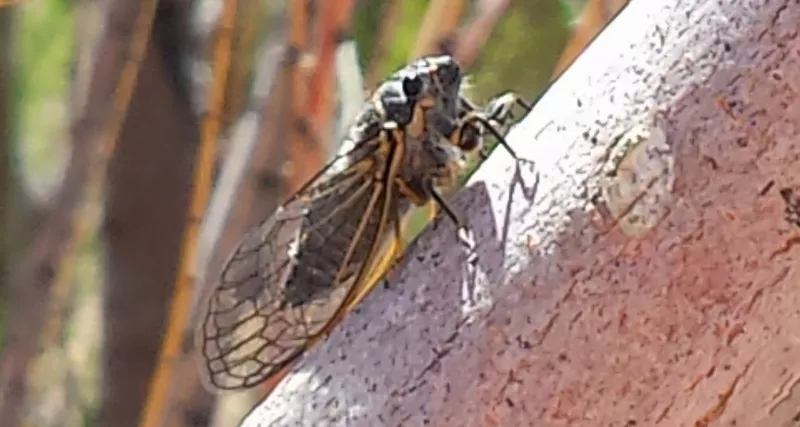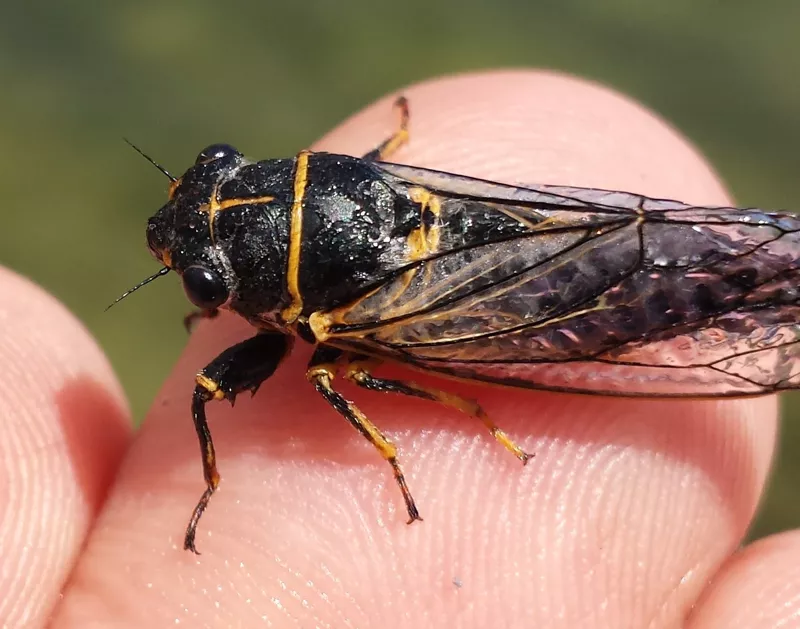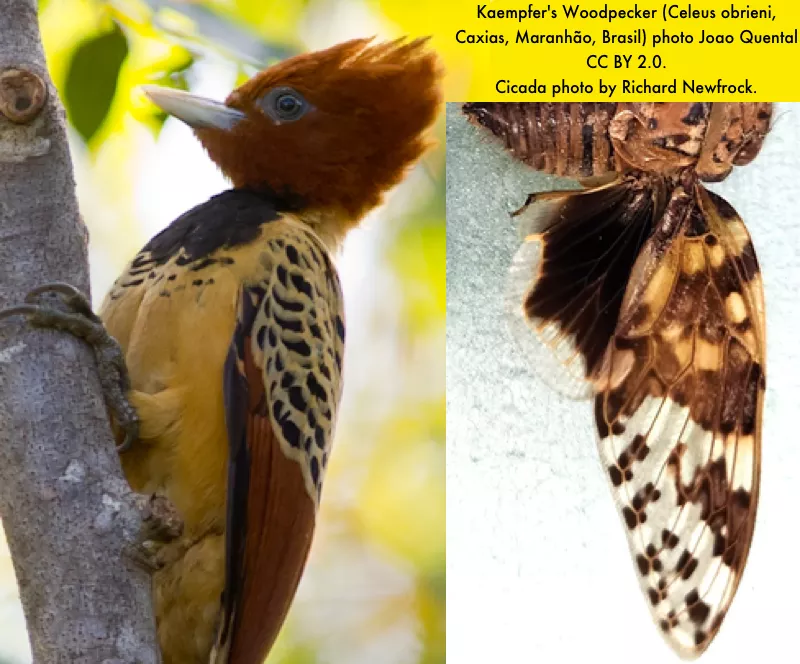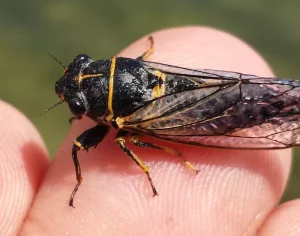
Platypedia cicada by CGWiber of the Dutch John Resort of Flaming Gorge Reservoir, Utah.
Platypedia and Okanagana species are favorites of fly fishers in the western United States.
The trick is guessing when they’ll emerge. Platypedia and Okanagana have a periodicity to their abundance, but they are not as predictable as Magicicada cicadas in the eastern US, which emerge exactly every 17 or 13 years. Take a look at the data from Tim McNary’s Platypedia putnami survey at Horsetooth Mountain Open Space by Tim McNary and you’ll see Platypedia can have peaks every 4 or 8 years. Some years there are zero.
I recommend checking out Dave Zielinski’s new book Cicada Madness, Timing, Fishing Techniques, and Patterns for Cracking the Code of Epic Cicada Emergences. It tackles this topic, has a directory of guides and fly shops, and includes fly patterns. It’s a very nice book.
How can you do your research?
If I were you I would call lodges and fishing equipment shops in the area where you want to fish. You can find this information from Dave’s book, or on Google/Bing. Local people are familiar with the emergence patterns in their area. They’ll also try to get your business, of course. That said, fishermen keep their favorite places a secret. I did not know about my father’s secret fishing place until months before he passed away.
You can use iNaturalist to guess when cicadas will emerge in local areas. iNaturalist is a website and app where you can post photos of plants, fungi, and animals and get an identification. Using thousands of people’s posts, we get good data for when and where cicadas emerge.
Example of how to see when Platypedia emerges in northern Utah
We were asked when cicadas would emerge in Northern Utah. I’m going to guess that northern Utah means Provo, UT, and north, so I grabbed the latitude of Provo from Google Maps which is 40.249 (save this data for later).
1) On iNaturalist filter sightings to Show Verifiable and Needs ID; under Description/Tags put in Platypedia; under Place put Utah, US; and for the Date fields choose Any.
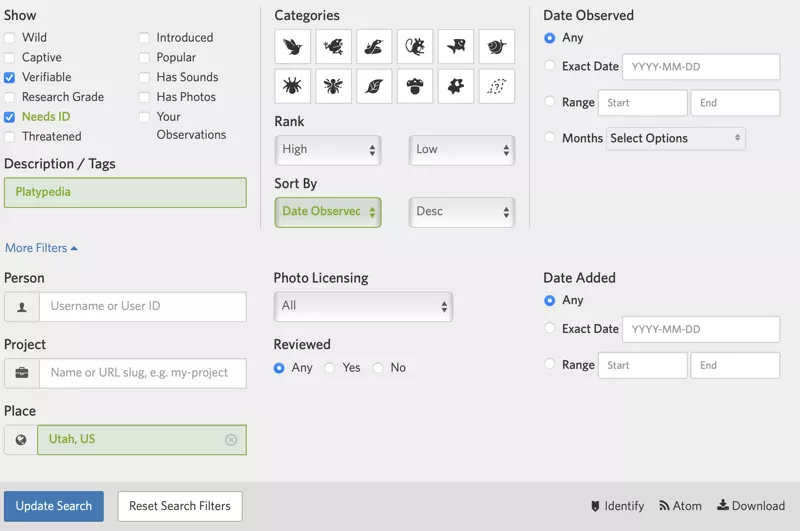
Clicking the Update Search will take you to a page that shows the sightings with photos, locations, dates, and a map.
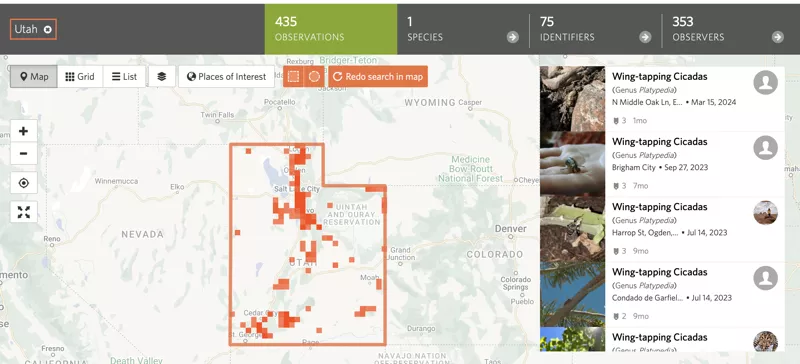
But don’t do that yet, go to step 3.
2) Click the Download button, to download the data.

3) That takes you to an Export page. Scroll until you see the blue Create Export button and click that. Then once it does its computation, click the Download button. This will download a Comma Separated Value file (.csv) that you can open with Microsoft Excel or a similar program.

4) Open the CSV in Excel, save it as an XLSX file, and filter the top/heading row.
5) Filter the “latitude” column by 40.2490. This will give you locations in Northern Utah.

6) Open a new sheet in Excel, and cut and paste the data from the “observed_on” column into that sheet.
7) Use the Text to Columns wizard under Data to separate the data into months, days, and years.
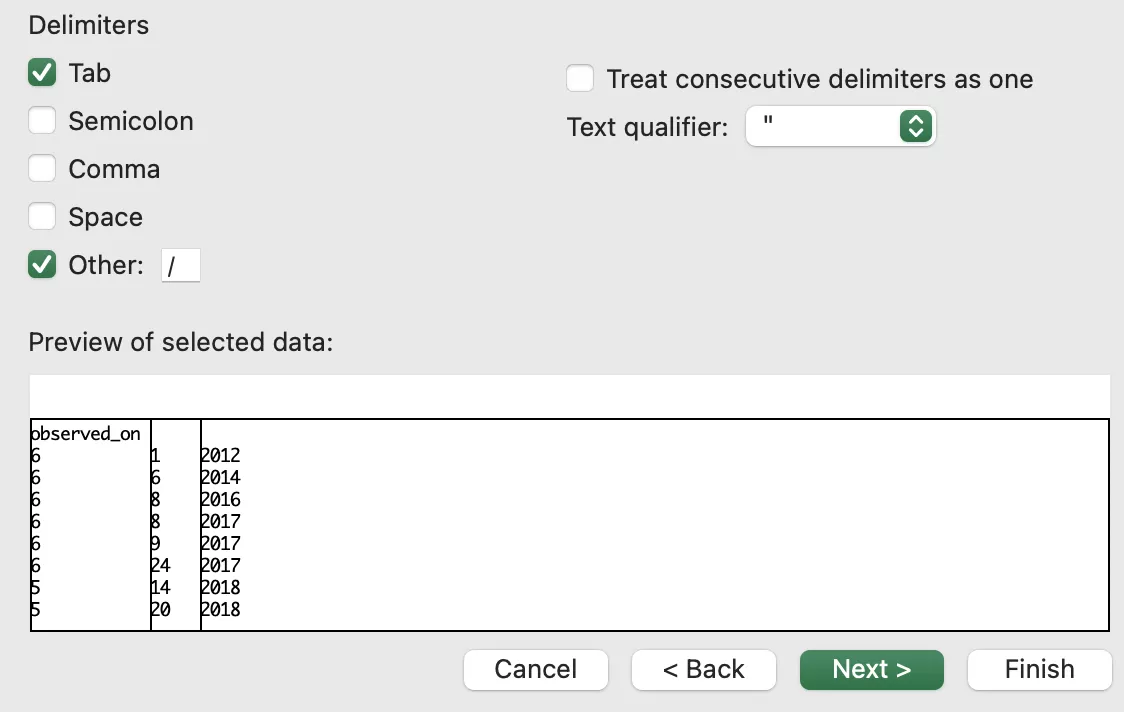
8) Give the columns the headings Month, Day, and Year and filter them.
With some fiddling, you should get something like:
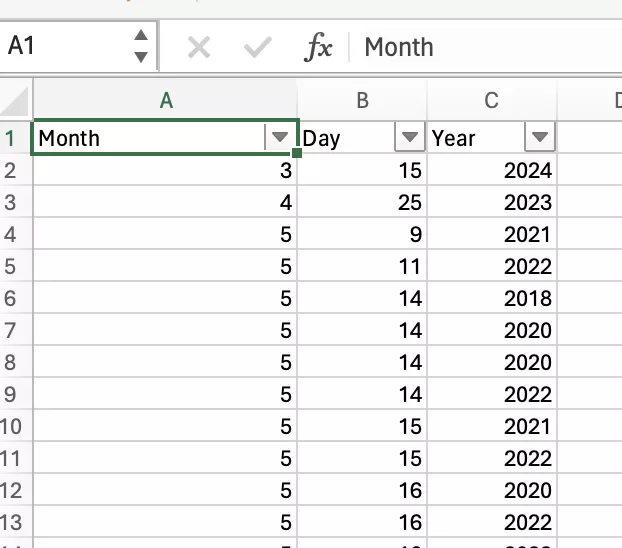
9) Determining what day they typically emerge.
We know most cicada hatches happen in May(5) and June(6).
First, filter the Month column by 5.
Then look at the Day data for the average (Mean) and most frequent (Mode) dates when cicadas emerge.
You can do this in Excel or paste the numbers into an online tool like the Mean, Median, Mode Calculator.
Excel formula.
Mean: =AVERAGE(A1:A10)
Median: =MEDIAN(A1:A10)
Mode: =MODE.MULT(A1:A10)

We can see that in May(5) the average day people spot Platypedia is the 23rd (Mean) and the most frequent date is the 29th (Mode). Typically they start to emerge the last week of May, so that’s when you want to start calling the lodges, guides, and fly fishing gear shops for specific information.
Let’s do the same for June(6).
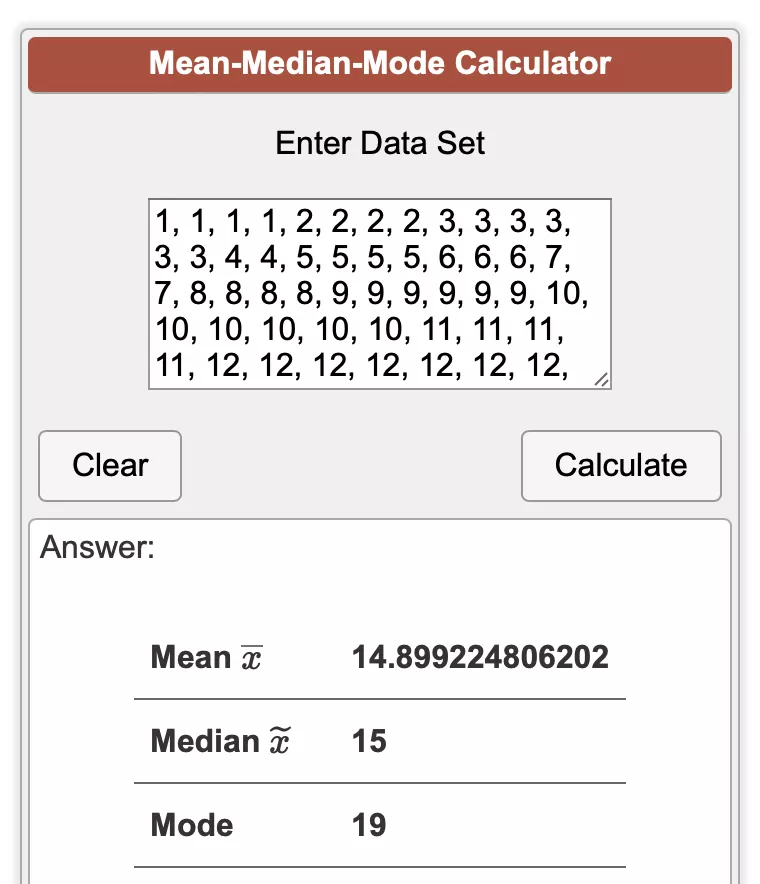
We can see for June that the average (Mean) date they are sighted is the 15th and most frequently (Mode) sighted on the 19th. This tells me that the first three weeks of June are a good time for finding Platypedia cicadas.
So, if I was planning a northern Utah fly fishing trip, it better happen between the last week of May to the third week of June, leaning towards the second week of June.
There’s probably an easier way to process the data. Maybe AI tools like ChatGPT.
That said, just call or email the Locals. They know what’s up. Data can only help so much because Platypedia can be so random.
